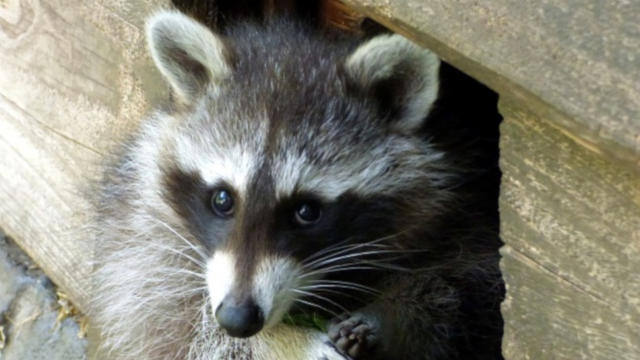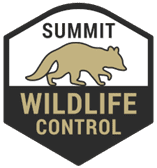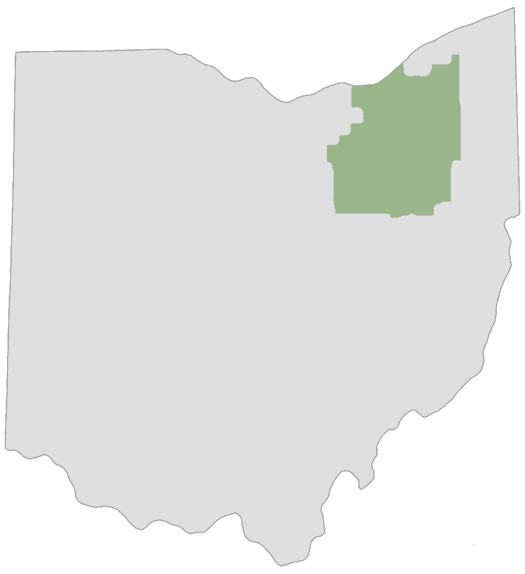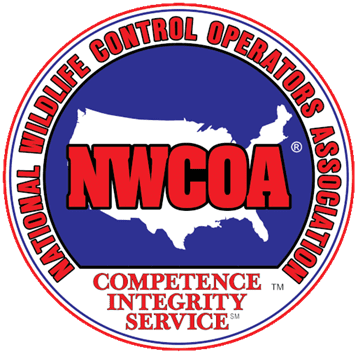As winter quickly approaches there is a variety of wildlife looking for a warm place to wait out the cold. The same creatures we consider cute and cuddly during the spring can become a nightmare if they nest in our home in the winter. Nuisance wildlife during winter can become both a health and financial risk for homeowners if not prevented or resolved quickly.

Rodents are one of the most common types of nuisance wildlife we encounter in our homes during the Ohio winter. As we continue to encroach on their natural habitat a larger group of wildlife has quickly become a problem. Raccoon, Opossum, squirrel, and bats have all become uninvited winter residents that found easy entry into a home, garage or shed. The damage these types of wildlife can do to your home can be expensive to repair. Also, exposure to animal waste left in and around the nesting site creates dangerous health risks for your family.
Any structure that wildlife can get into can become their winter home. As the temperatures drop animals become more desperate to find shelter from the cold. Those gaps in the foundation, the holes in the siding and that uncapped chimney are all inviting ways for problem wildlife to move in. Homeowners need to take a more proactive and aggressive approach now to keep nuisance wildlife out during the winter.
If you live in a rural area or your home is near woodlands or a Metropark, you have a higher risk of encountering nuisance wildlife. Here are some of the most common ways they find a way into your home.
Damaged Roofing or Soffit. Smaller nuisance wildlife such as squirrels, chipmunks, and birds can enter your home through a damaged roof or soffit. And the pitter-patter of tiny feet in your attic is a sure sign they’ve found it. These entry points may go unnoticed by the homeowner because they are not easily visible or accessible.
Gaps in the Foundation. Older homes often have gaps in the foundation where the mortar is missing or blocks have shifted. These are prime entry points for nuisance wildlife, and the larger the gap the larger the animal you’re likely to encounter.
Holes in Siding Material. Any hole in your home or garage siding is an open invitation for wildlife to live inside the exterior wall. While some holes are easily found, others can go unnoticed if close to the ground or hidden behind shrubbery.
Uncapped Chimney. Raccoons and birds often nest inside chimneys, and other wildlife can use an uncapped chimney to make their way down into the home.
Damaged Screens or Windows. Not just homes, but garages and even sheds often have windows. If a window does not close tightly, has missing glass, or the screen is torn, these are all convenient entry points for wildlife to use.
Whether you hire a professional or do it yourself, the exterior of your home should be inspected before winter. Although some types of damage may require a contractor to resolve, you can correct many of the issues yourself. Most are inexpensive and easy to handle by the homeowner.
Also, if you feed wildlife throughout the year now is the time to stop or alter how you feed. Winter feeding will attract many animals considered nuisance wildlife to your front door. If you insist on feeding wildlife through the winter, move feeders as far away from the home as possible. Also, use birdfeeders that prevent squirrel and raccoon from easily getting to the seed. Once they start feeding on the easy-to-reach food source they’ll return repeatedly for a wintertime meal.
Often when a homeowner calls a licensed nuisance wildlife control operator to remove wildlife, it is too late to be “wildlife-friendly”. By state law, some types of captured wildlife are required to be released on the property or euthanized. As a wildlife control operator, I have no desire to harm the wildlife I encounter. I push for prevention as much as possible to protect both the homeowner and the Ohio wildlife I cherish.
Caring for and enjoying wildlife doesn’t mean you have to open your home to them. There is a happy medium that is safe for both you and the wildlife near your home. Ensuring your home and property is wildlife-proof will go a long way to reaching that happy medium, and keeping the chance of encountering nuisance wildlife during winter to a minimum.





